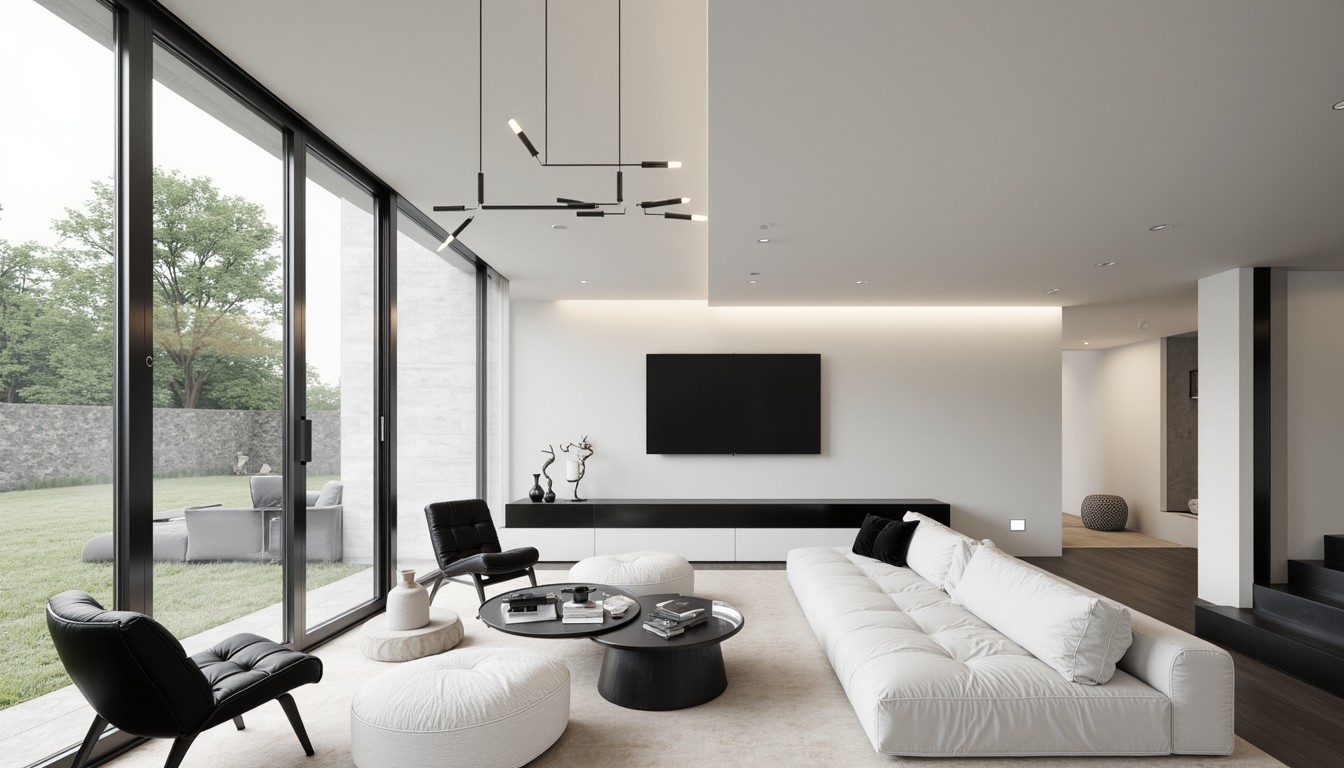AI-Powered Space Planning: A Design Revolution
The architectural landscape is undergoing a significant transformation, driven by the rapid advancements in artificial intelligence (AI). One area experiencing a particularly profound impact is space planning, a critical phase in any architectural project. AI-powered space planning tools are no longer a futuristic fantasy; they're a present-day reality, offering architects, designers, and clients unprecedented levels of efficiency, creativity, and accuracy.
The Evolution of Space Planning: From Manual to AI-Driven

Traditionally, space planning was a laborious, iterative process. Architects relied heavily on manual drafting, physical models, and countless hours of trial and error. This approach was time-consuming, prone to errors, and often lacked the flexibility to quickly explore multiple design options. The advent of Computer-Aided Design (CAD) software significantly improved the process, but it still required significant human intervention and expertise.
AI is changing the game. AI-powered space planning software leverages machine learning algorithms to analyze vast datasets, including building codes, client preferences, project requirements, and even environmental factors. This allows for the generation of numerous design options, optimized for various criteria, in a fraction of the time it would take a human.
Key Benefits of AI in Space Planning
- Increased Efficiency: AI automates many tedious tasks, freeing up architects to focus on creative problem-solving and client interaction.
- Improved Accuracy: AI algorithms minimize errors associated with manual calculations and ensure compliance with building codes and regulations.
- Enhanced Creativity: AI can generate unexpected and innovative design solutions that might not have been considered through traditional methods. It acts as a powerful design assistant, exploring possibilities beyond human limitations.
- Faster Iteration: AI allows for rapid prototyping and testing of different design scenarios, leading to quicker project completion.
- Data-Driven Decision Making: AI provides valuable insights and data visualizations, enabling informed decision-making throughout the design process.
- Cost Optimization: By identifying efficient space utilization and material requirements, AI contributes to cost savings.
Real-World Applications of AI in Space Planning

The applications of AI in space planning are diverse and expanding rapidly. Here are some key examples:
- Optimal Space Allocation: AI algorithms can automatically arrange furniture, equipment, and other elements to maximize space efficiency and functionality, considering factors like workflow, accessibility, and safety.
- Building Information Modeling (BIM) Integration: AI seamlessly integrates with BIM software, enhancing data analysis and facilitating collaborative design.
- Generative Design: AI can generate multiple design options based on predefined parameters, allowing architects to explore a wide range of possibilities and select the best fit.
- Predictive Modeling: AI can predict the future occupancy and usage patterns of a space, informing design decisions and ensuring long-term functionality.
- Accessibility and Inclusivity: AI can help ensure designs comply with accessibility standards, promoting inclusivity and universal design principles.
Addressing Concerns and Challenges
While AI offers immense potential, it's crucial to acknowledge some challenges. The reliance on data quality is paramount; inaccurate input can lead to flawed outputs. Furthermore, the ethical implications of AI in design, including potential biases in algorithms, need careful consideration. The human element remains essential; AI should be viewed as a powerful tool to augment, not replace, the expertise and creativity of architects.
ArchNav: Leading the Way in AI-Powered Architectural Visualization

At ArchNav, we understand the transformative power of AI in architectural visualization. We leverage cutting-edge AI technologies to deliver superior quality visualizations, helping our clients make informed decisions and bring their visions to life. Our AI-powered tools enhance the speed and efficiency of our rendering process, while maintaining the artistic integrity and detail that defines our work. We seamlessly integrate AI into our workflow, ensuring that our clients receive unparalleled service and breathtaking results.
We are committed to staying at the forefront of AI advancements in architecture and design, continually investing in research and development to provide our clients with the most innovative and effective solutions. Contact us today to learn how ArchNav can help you harness the power of AI for your next project.
Conclusion
AI-powered space planning is revolutionizing the architectural design process, offering significant benefits in terms of efficiency, accuracy, and creativity. While challenges exist, the potential for AI to transform the industry is undeniable. ArchNav is proud to be at the forefront of this revolution, employing AI to deliver exceptional architectural visualization services that help our clients achieve their design goals.
